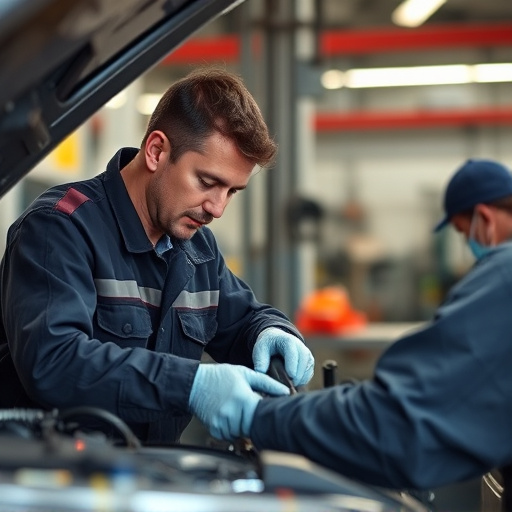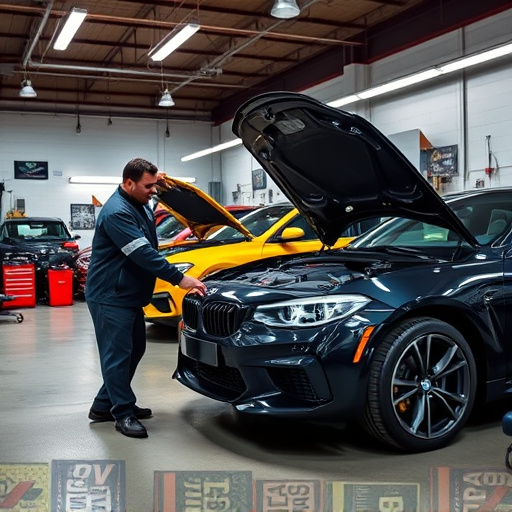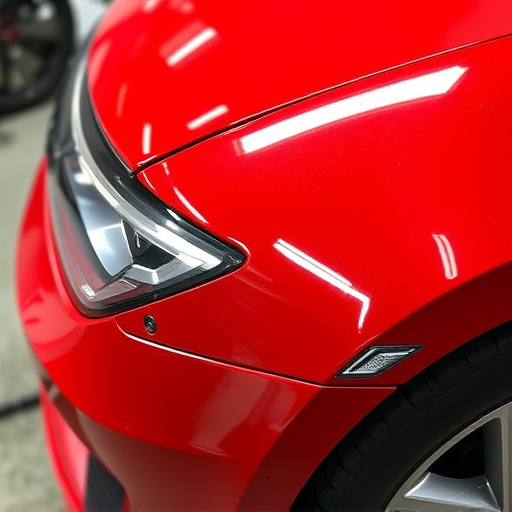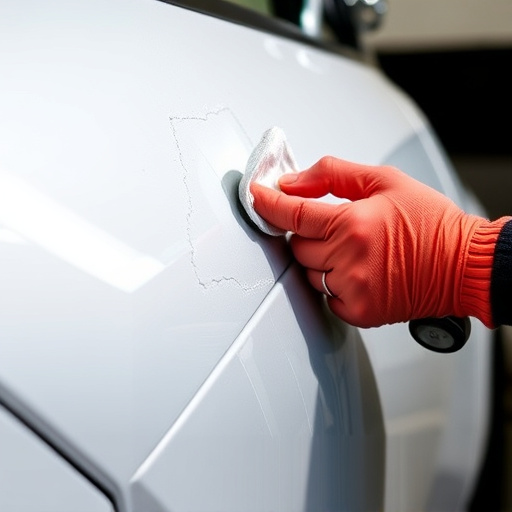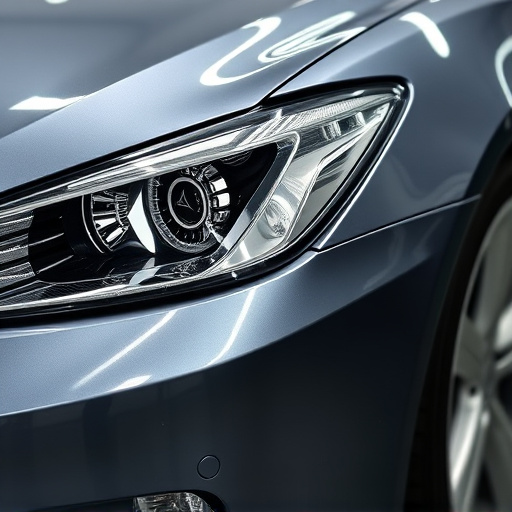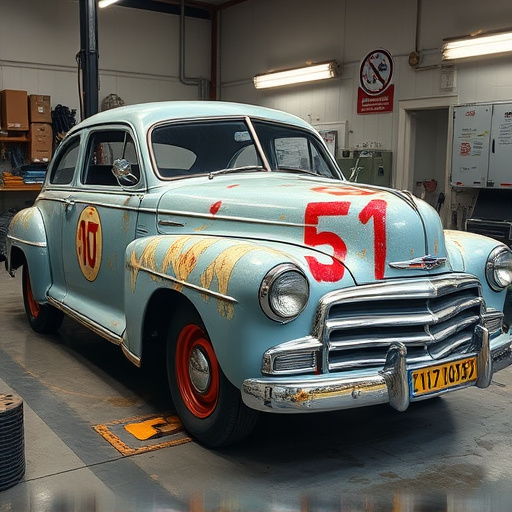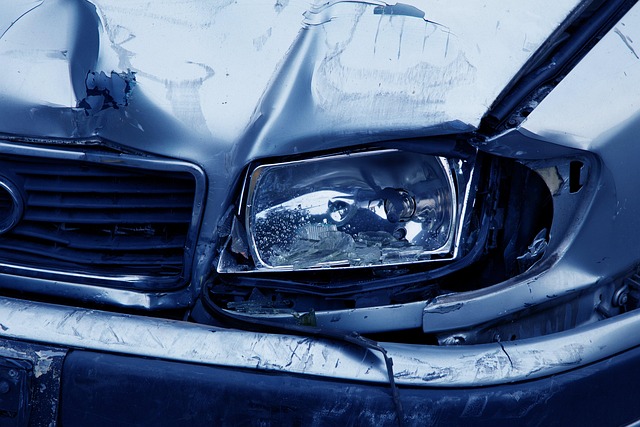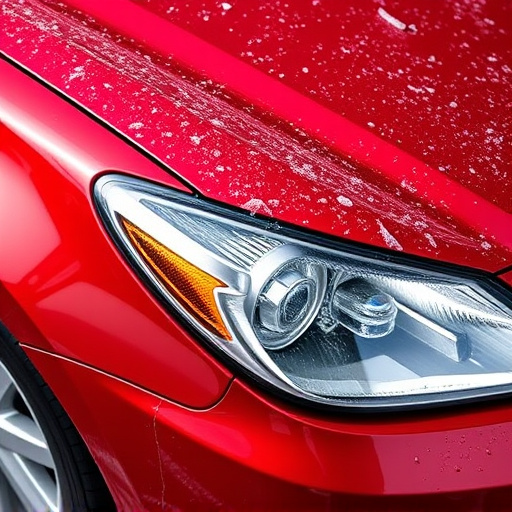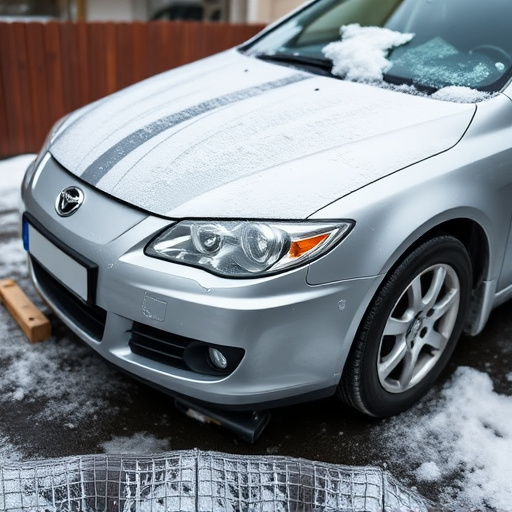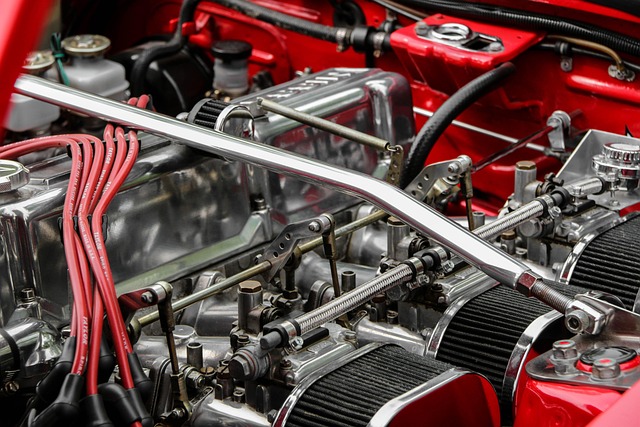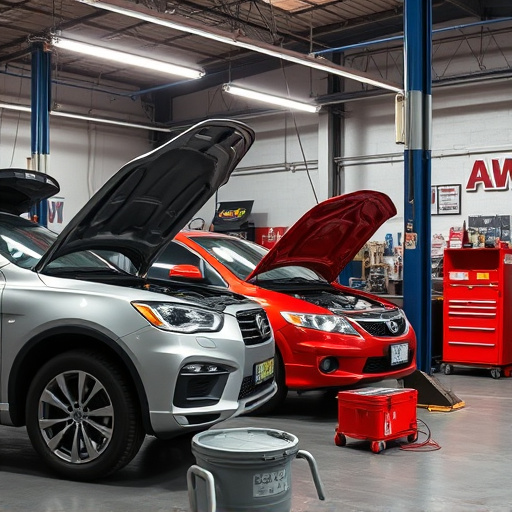A post-repair safety inspection is a crucial step after any vehicle repair, ensuring structural integrity and optimal performance. Technicians use advanced tools to check frame alignment, panel fit, weld quality, bonding agent strength, and frame integrity, identifying potential issues and guaranteeing safety. This meticulous process builds owner confidence in their vehicle's readiness for daily driving with enhanced resilience.
After a structure undergoes repairs, a crucial step in ensuring safety and peace of mind is performing a post-repair safety inspection. This meticulous process verifies the structural integrity of buildings, bridges, or any other constructed entities. By employing specialized techniques and expert analysis, these inspections safeguard occupants and assets. This article delves into the significance and procedures of post-repair safety inspections, highlighting key elements to ensure long-term stability and safety following repair works.
- Understanding Post-Repair Safety Inspection Procedures
- Key Elements of a Comprehensive Structural Analysis
- Ensuring Long-Term Safety and Stability After Repairs
Understanding Post-Repair Safety Inspection Procedures
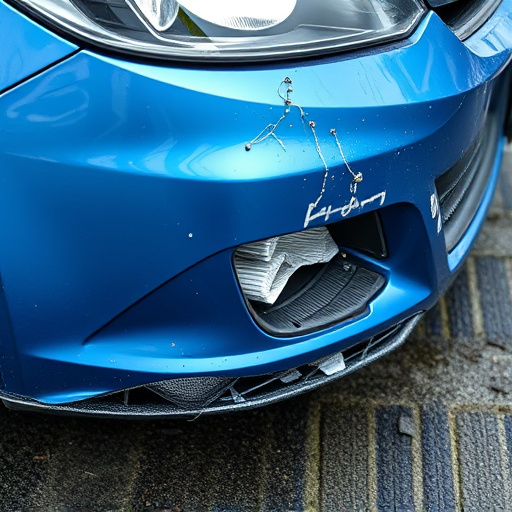
After a vehicle undergoes repair, whether it’s a simple fix or complex collision damage, conducting a thorough post-repair safety inspection is non-negotiable. This critical process involves a meticulous evaluation of the vehicle’s structural integrity by skilled technicians. The primary goal is to ensure that all repairs have been executed flawlessly and safely, aligning with industry standards.
During this inspection, experts scrutinize various aspects such as frame alignment, panel fit, weld quality, and overall cosmetic repair work. They use advanced tools and techniques to verify the accuracy of measurements, identify any potential issues, and guarantee the safety and reliability of the vehicle. It’s a meticulous yet essential step that distinguishes professional body shop services and collision repair centers from their peers, ensuring customer satisfaction and peace of mind on the road.
Key Elements of a Comprehensive Structural Analysis
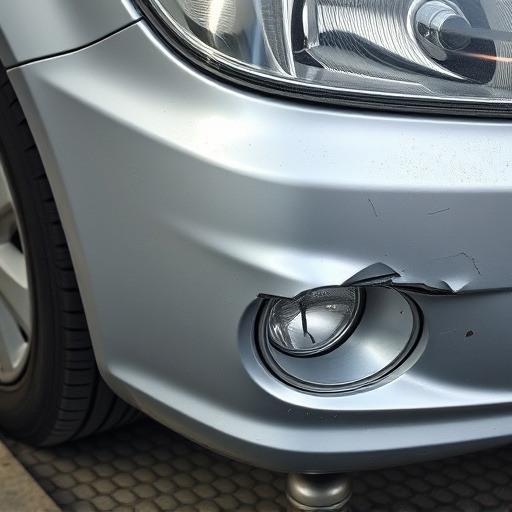
A post-repair safety inspection is an indispensable step to ensure that vehicle structures are restored to their optimal condition after a paintless dent repair or auto glass replacement. This process involves a meticulous examination of several key elements, all of which contribute to confirming the structural integrity of the vehicle. Firstly, mechanics inspect the affected area for any signs of damage or deformity, checking if the panel is aligned correctly and if there are any hidden weaknesses. Secondly, they assess the strength of the bonding agents used during repairs, as these play a crucial role in keeping the structure intact.
Additionally, a comprehensive analysis includes evaluating the overall frame integrity by checking for any stress cracks, corrosion, or signs of previous mishandling. In terms of auto glass replacement, technicians must ensure that the new glass is properly sealed and aligned, as well as confirm that all safety features such as lane departure warning systems are functioning correctly. These detailed checks not only guarantee the vehicle’s safety but also provide peace of mind for owners, confirming that their vehicle is ready to face the road with enhanced structural reliability following a repair, be it paintless dent repair or more extensive auto glass replacement and other vehicle repairs.
Ensuring Long-Term Safety and Stability After Repairs
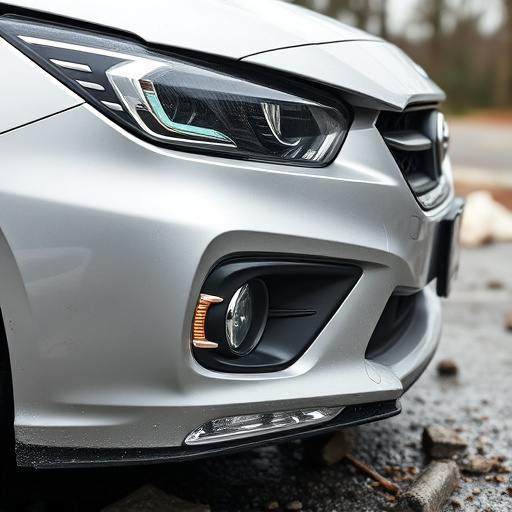
After repairs are completed, a post-repair safety inspection plays a vital role in confirming the structural integrity of both the vehicle and its components. This meticulous process ensures that all fixes are effective and long-lasting, safeguarding drivers and passengers alike on the road. The inspection involves comprehensive checks, from examining the workmanship of the repair to verifying that all safety systems function optimally.
Regular post-repair safety inspections contribute significantly to auto maintenance by preventing future issues. By identifying any lingering problems or potential weaknesses, automotive body shops can address them promptly, enhancing the overall stability and safety of the vehicle. This proactive approach not only extends the lifespan of the vehicle’s bodywork but also instills confidence in owners that their vehicles are ready to face the challenges of daily driving with enhanced resilience.
A thorough post-repair safety inspection is paramount in confirming the structural integrity of buildings after repair works. By adhering to established procedures and conducting a comprehensive analysis, professionals can ensure long-term safety and stability. This process involves evaluating key elements to identify potential risks and ensure any repairs are effective, thereby providing peace of mind for both residents and property managers alike. Incorporating regular post-repair safety inspections into maintenance routines is an essential step in preserving the structural integrity and safety of our built environments.
